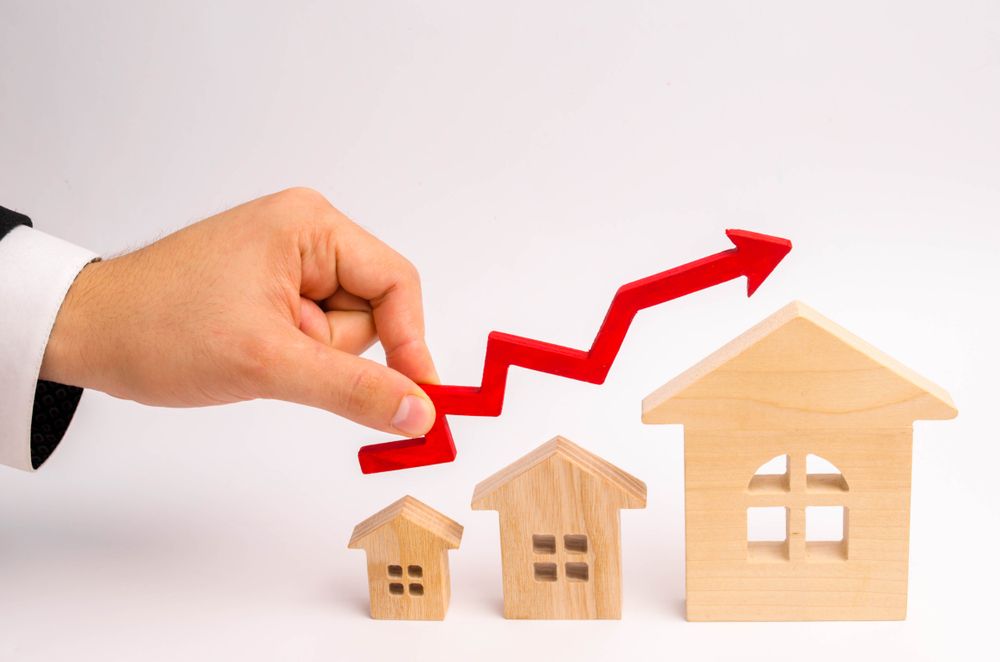
When considering the purchase of a property, whether as an investment or a home, one of the key considerations is its potential for appreciation. Property appreciation – the increase in the value of a property over time – can significantly impact your financial return. However, predicting the future is not an exact science, and it involves careful analysis of various factors. In this article, we will explore how to evaluate the potential for property appreciation before you make your big purchase.
Understanding the Local Real Estate Market
Evaluating potential property appreciation starts with a thorough understanding of the local real estate market. This means looking beyond the property itself and considering the broader economic and demographic trends within the area. Key indicators to examine include the current supply and demand for properties, average property prices and rental rates, historical price trends, and the rate of new construction.
It’s also important to consider the economic health of the region, including employment rates, income levels, and the presence of industries that could drive population growth. A growing job market, for example, can lead to an influx of people looking for housing, which can push property values up. Conversely, a decline in the local economy could lead to decreased demand and stagnant or falling property values.
Assessing the Neighborhood and Location
The old adage “location, location, location” couldn’t be more relevant when evaluating property appreciation. The neighborhood and its trajectory play a crucial role in determining how much a property could appreciate in value. Look at the neighborhood’s crime rates, the quality of local schools, access to amenities like parks, shopping centers, restaurants, and public transportation. These aspects can significantly influence desirability and, consequently, property values.
Additionally, consider the neighborhood’s stage in the development cycle. Areas undergoing revitalization or gentrification might present opportunities for higher appreciation as they attract new businesses and residents. However, it’s important to approach such investments with caution, understanding that gentrification can also lead to increased property taxes and living costs, potentially limiting the pool of future buyers.
Analyzing Property-Specific Characteristics
While market and location analyses are crucial, the specific attributes of the property itself are equally important. The age, size, layout, and condition of the property can all affect its potential for appreciation. For instance, homes that are well-maintained and have versatile layouts tend to appreciate better than those that are outdated or require significant repairs.
Consider the property’s potential for upgrades or expansions, as these can increase its value. However, be wary of over-improving a property beyond the standards of the neighborhood, as this might not yield a proportional return on investment. Energy-efficient features and smart home technology are becoming increasingly valuable to buyers and can also contribute to the property’s appreciation potential.
Investigating Future Developments and Plans
Another key factor in predicting property appreciation is the knowledge of future developments and infrastructure projects in the area. Planned projects like new schools, hospitals, public transportation, and commercial complexes can boost property values by improving the quality of life for residents.
Research any developments through local government planning departments or urban development plans. Be sure to also consider any potential negative developments, such as increased traffic or noise, which could detract from the property’s desirability. Staying informed about both the positive and negative aspects of future developments will give you a more accurate picture of a property’s appreciation potential.
Considering Economic and Interest Rate Trends
Lastly, broader economic trends and interest rates can have a major influence on property appreciation. In periods of economic growth, property values typically rise as people’s incomes increase, allowing them to spend more on housing. Conversely, during economic downturns, property values can stagnate or fall.
Interest rates play a role as well; lower interest rates can make mortgages more affordable, increasing the number of potential buyers and driving up property values. When rates are high, the opposite effect can occur. Keep an eye on the forecasts for economic growth and interest rates as part of your evaluation process.
Evaluating the potential for property appreciation before buying is a multifaceted process that requires careful consideration of many factors. Understanding the local real estate market, assessing the neighborhood and location, analyzing property-specific characteristics, investigating future developments, and considering economic and interest rate trends are all key to making an informed decision. While no one can predict the future with absolute certainty, by diligently researching these areas, you can increase your chances of a successful investment and find a property that is not only a place to call home but also a wise financial decision.
